Apple has revealed its intentions. The Mac Pro Afterburner is dedicated to accelerating only Apple ProRes and ProRes RAW codecs. RED shooters are disappointed. Read more on Apple’s most mysterious card down below.

Boosting 8K RAW on FCPX
When Apple has presented the Mac Pro for the first time, they also announced on a new card that allows professional video editors to accelerate their workflow. The card was not defined as a pure graphics card (GPU) but an accelerator to deal only with video editing. The card named Afterburner and was dedicated to facilitating multiple layers of ultra-resolution RAW. Apple has demonstrated the Afterburner’s capabilities on play-backing three streams of 8K ProRes RAW on FCPX within the new Mac Pro. However, RED shooters were hoping for the Afterburner to replace the not-so-efficient RED Rocket (R.I.P), and indeed most of us assumed that the Afterburner is a kind of RED Rocket successor. Nevertheless, the information and goals of the Afterburner remained foggy until Apple has quietly published a document that clarifies the Afterburner’s exact definitions and purposes.
Afterburner definition
According to Apple, the Afterburner accelerates decoding and playback of multiple streams of ProRes and ProRes RAW video files. These are the only codecs relevant for the Afterburner, which means that there will be no advantages of using the Afterburner regarding R3D, ARRIRAW, Blackmagic RAW, etc. Moreover, it’s important to emphasize that the Afterburner does not affect GPU or eGPU performance.
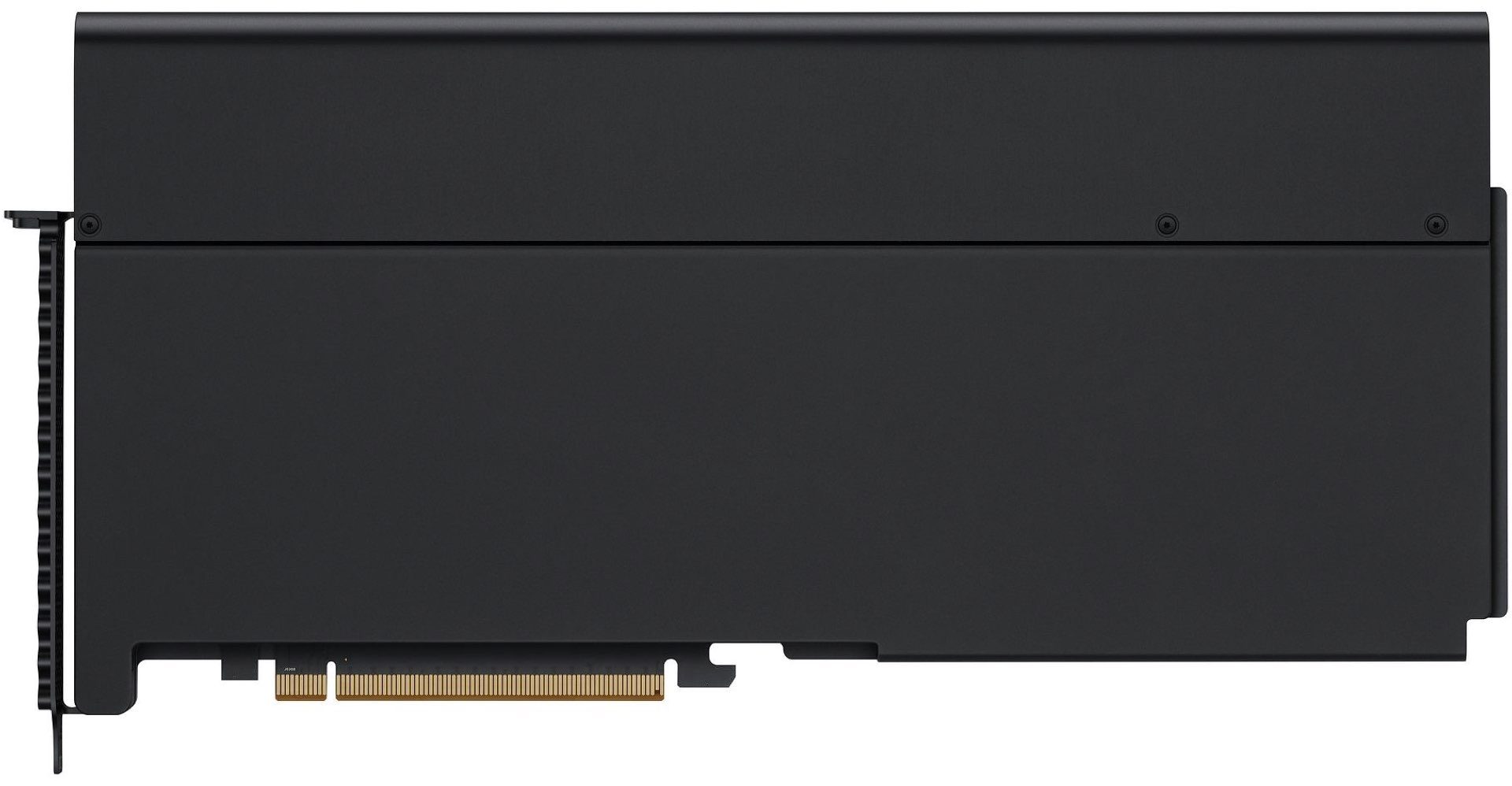
Afterburner main benefits
There are three main benefits when using the Afterburner:
- Playback multiple streams of ProRes and ProRes RAW in resolutions such as 8K.
- Free up Mac Pro (2019) CPU processors (up to 28 cores) for additional processing and effects.
- Faster transcoding and sharing of ProRes and ProRes RAW projects and files.
By the way, keep in mind that the Afterburner decoding acceleration is available in macOS and is not available when using Windows with Boot Camp.

Which Apple apps can use Afterburner?
According to Apple, any Apple application that plays back ProRes or ProRes RAW files can take advantage of the capabilities of Afterburner. That includes Final Cut Pro X, Motion, Compressor, and QuickTime Player. Also, third-party app developers may consist of support for Afterburner as well.
How many Afterburner cards can be installed in a Mac Pro (2019)?
Apple says that up to three Afterburner cards will provide an increased performance of ProRes and ProRes RAW decoding.
Price: $2,000. You can buy and install the Afterburner separately.
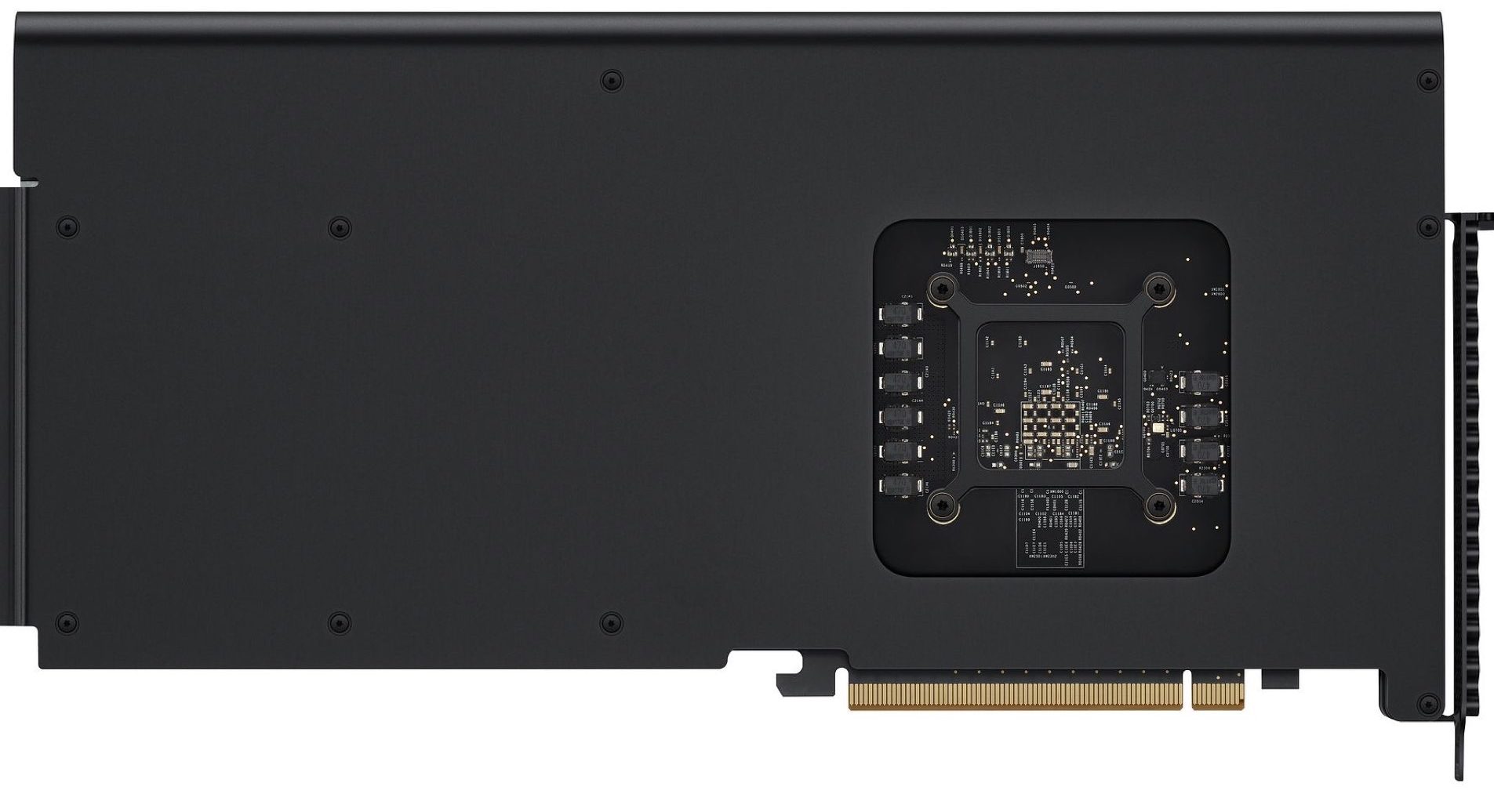
Conclusions
Reviewers demonstrated a 10%-20% reduction in rendering and export time when using the Afterburner on a ProRes RAW project. However, testing the Afterburner on one short layered timeline is useless because it’s far from being a real-world scenario. In real professional editing, there are multiple layered timelines with a lot of LUTs, effects, and footage treatments plus numerous layers of sound. I believe that this is the only editing structure when the Afterburner can be examined. But again, it’s relevant only if you work in the Apple ProRes ecosystem. If your bread and butter are ARRIRAW, BRAW, REDCODE, and so on, consider spending your $2,000 elsewhere. One thing for sure: The Afterburner is another way for Apple pushing its products and technology by creating a sealed garden to its codecs.

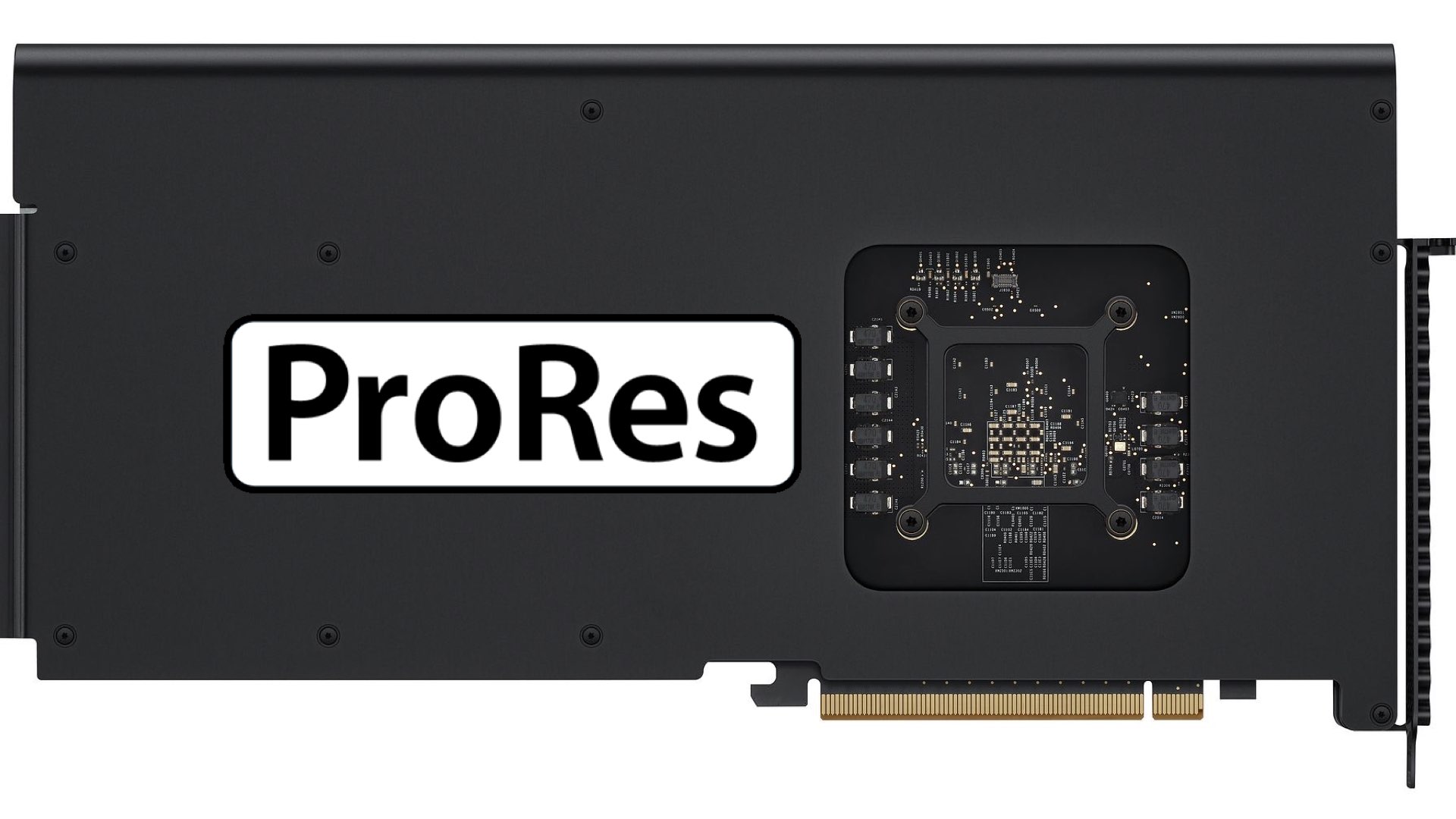



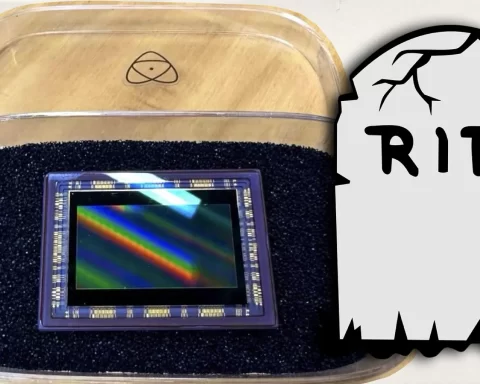



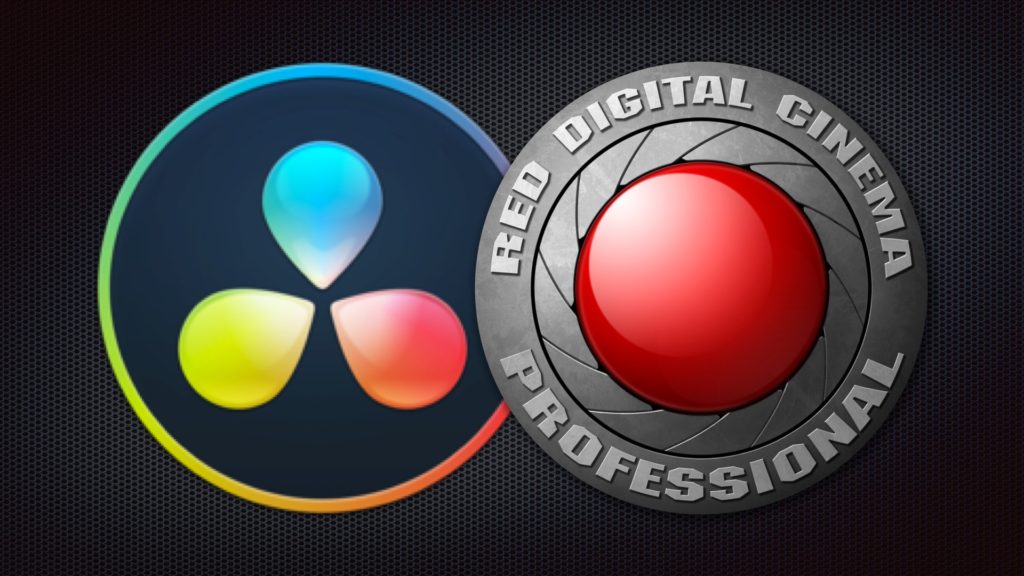







[…] lot of articles regarding this mysteries card (not a mystery anymore). The Afterburner is a bit of disappointment due to high expectations. Professional editors hoped that the Afterburner was designed to handle […]
[…] relating to this mysteries card (not a thriller anymore). The Afterburner is a little bit of disappointment as a result of excessive expectations. Skilled editors hoped that the Afterburner was designed to […]
[…] relating to this mysteries card (not a thriller anymore). The Afterburner is a little bit of disappointment as a result of excessive expectations. Skilled editors hoped that the Afterburner was designed to […]
[…] to the ProRes RAW White Paper, the codec is optimal for utilization on FCPX combined with Apple Afterburner that is a dedicated accelerator to sharpen the capabilities of the ProRes RAW in professional […]
[…] optimized utilization of ProRes RAW. For instance, the Mac Pro’s Afterburner is a graphical card dedicated to editing with ProRes RAW. That means we are going to see this codec being used by professionals […]
[…] In recent beta builds (14.3.0 and newer) ADOBE added support for Apple’s Afterburner accelerator card which is an optional component available for 2019 Mac Pro systems. According to ADOBE “Currently we support decode acceleration of ProRes 4444 and 422 codecs using the Afterburner card. Please note: ProRes RAW acceleration via the Afterburner card is not currently supported – although CPU decompression is available for ProRes RAW”. By the way, the support for ProRes RAW decoding was added to the recent Premiere Pro update (14.2). Read more here: Premiere Pro 14.2 Released: Improved Stability, Enhanced Performances, and ProRes RAW. Furthermore, If you’re not familiar with the Afterburner card, make sure to read our article: Mac Pro Afterburner: Editors’ Dream but Only for ProRes and ProRes RAW. […]
[…] In recent beta builds (14.3.0 and newer) ADOBE added support for Apple’s Afterburner accelerator card which is an optional component available for 2019 Mac Pro systems. According to ADOBE “Currently we support decode acceleration of ProRes 4444 and 422 codecs using the Afterburner card. Please note: ProRes RAW acceleration via the Afterburner card is not currently supported – although CPU decompression is available for ProRes RAW”. By the way, the support for ProRes RAW decoding was added to the recent Premiere Pro update (14.2). Read more here: Premiere Pro 14.2 Released: Improved Stability, Enhanced Performances, and ProRes RAW. Furthermore, If you’re not familiar with the Afterburner card, make sure to read our article: Mac Pro Afterburner: Editors’ Dream but Only for ProRes and ProRes RAW. […]